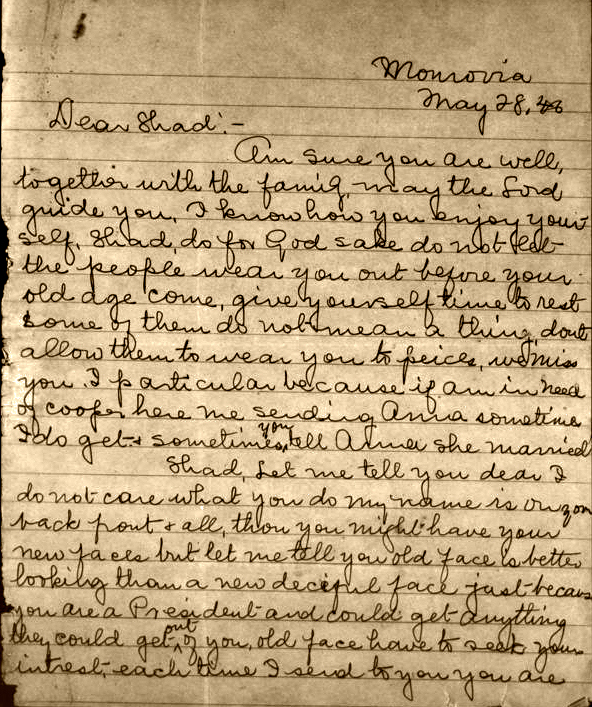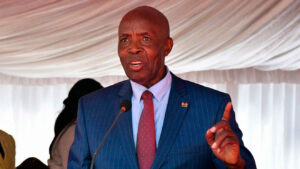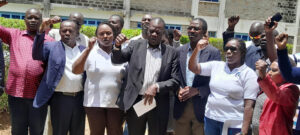MIND TWIST: Examine various sources of African History Indicating the weaknesses and the strength and how they are used in the reconstruction of African history
Examination of Various Sources of African History: Strengths, Weaknesses, and Their Use in Reconstruction
The reconstruction of African history is a multifaceted endeavor that involves the synthesis of various sources. These sources range from oral traditions, archaeological evidence, written records, linguistic analysis, and ethnographic studies. Each of these sources has its strengths and weaknesses, and their combined use allows for a more comprehensive understanding of African history. This essay will critically examine these sources, highlighting their contributions and limitations in the context of African historiography.
1. Oral Traditions
Strengths:
- Cultural Insight: Oral traditions provide deep insights into the cultural, social, and political life of African societies. They capture the values, norms, and beliefs that are often overlooked in written sources.
- Continuity and Identity: Oral traditions help maintain continuity in historical narratives, particularly in societies where written documentation was limited. They play a crucial role in preserving the identity and heritage of communities.
- Local Perspectives: They offer perspectives that are inherently African, as opposed to colonial or external viewpoints. This is essential for understanding history from an indigenous standpoint.
Weaknesses:
- Subjectivity: Oral traditions can be subjective and prone to alterations over generations. The accuracy of events can be compromised by the passage of time and the biases of storytellers.
- Verification Challenges: It is often difficult to verify the authenticity and reliability of oral accounts. Cross-referencing with other sources is necessary but not always possible.
- Fragmentation: Oral traditions may be fragmented, with certain periods or events being poorly documented due to selective memory or loss of storytellers.
Usage in Reconstruction:
Oral traditions are invaluable for reconstructing the history of African societies, especially those with limited written records. Historians cross-reference oral accounts with archaeological and written evidence to validate and enhance historical narratives. For example, the oral histories of the Kingdom of Mali have been crucial in understanding its political structure and cultural achievements, which are corroborated by archaeological findings and Islamic manuscripts.
2. Archaeological Evidence
Strengths:
- Material Culture: Archaeology provides tangible evidence of past human activities, including tools, pottery, and architectural remains. These artifacts offer direct insights into the technological and economic aspects of ancient societies.
- Chronological Framework: Through techniques like carbon dating, archaeology can establish timelines that are essential for understanding the sequence of historical events.
- Uncovering Unknown Histories: Archaeological discoveries can reveal information about societies that left no written records, thus filling gaps in the historical narrative.
Weaknesses:
- Interpretation Issues: The interpretation of archaeological data can be speculative. Without written records, it is challenging to determine the exact function or significance of artifacts.
- Incomplete Record: Archaeological evidence is often incomplete due to the deterioration of materials over time and the limited scope of excavations.
- Destruction and Looting: Many archaeological sites have been destroyed or looted, resulting in the loss of invaluable historical information.
Usage in Reconstruction:
Archaeological evidence is pivotal in reconstructing the pre-colonial history of Africa. Excavations at sites like Great Zimbabwe and the Nok culture have provided profound insights into the social, economic, and political structures of these civilizations. Archaeological findings are often integrated with oral traditions and linguistic studies to construct a more holistic historical narrative.
3. Written Records
Strengths:
- Detail and Precision: Written records can provide detailed and precise information about historical events, dates, and figures. They are particularly useful for reconstructing political histories and administrative structures.
- Contemporaneity: Many written records are contemporaneous with the events they describe, offering a direct account from the period in question.
- Diversity of Sources: Written records can include official documents, personal letters, travelers’ accounts, and religious texts, providing multiple perspectives on historical events.
Weaknesses:
- Colonial Bias: Much of the written documentation of African history comes from colonial sources, which can be biased and reflect the perspectives and interests of colonial powers rather than those of indigenous populations.
- Limited Coverage: Written records are often limited to certain regions and periods, particularly those with significant interactions with literate cultures (e.g., Islamic North Africa).
- Literacy Barriers: In many African societies, literacy was confined to a small elite, meaning that written records may not accurately represent the broader population.
Usage in Reconstruction:
Written records are indispensable for reconstructing African history, particularly during periods of extensive contact with literate civilizations. Islamic manuscripts, such as those from Timbuktu, provide rich historical data on the medieval West African empires. European colonial records, despite their biases, offer detailed accounts of interactions, trade, and conflicts that shaped modern African history.
4. Linguistic Analysis
Strengths:
- Historical Relationships: Linguistic analysis can trace the historical relationships between different language groups, shedding light on migration patterns and cultural exchanges.
- Cultural Insights: Language is a repository of culture. Studying linguistic changes and loanwords can reveal much about social interactions and influences.
- Dating and Chronology: Comparative linguistics can help establish relative chronologies, particularly in regions lacking written records.
Weaknesses:
- Indirect Evidence: Linguistic evidence is often indirect and requires careful interpretation. It can suggest contact and movement but not specific events or dates.
- Complexity: The complexity of language evolution and the possibility of multiple influences make it difficult to draw definitive conclusions.
- Interdisciplinary Dependence: Linguistic analysis often needs to be corroborated with archaeological or genetic evidence to construct a comprehensive historical narrative.
Usage in Reconstruction:
Linguistic analysis has been instrumental in understanding the Bantu migrations, which significantly shaped the demographic and cultural landscape of sub-Saharan Africa. By comparing the similarities and differences among Bantu languages, researchers have been able to infer migration routes and timelines that are corroborated by archaeological findings.
5. Ethnographic Studies
Strengths:
- Cultural Context: Ethnographic studies provide a deep understanding of the cultural practices, social structures, and belief systems of African societies. They are particularly valuable for interpreting the significance of archaeological and oral evidence.
- Contemporary Insights: These studies offer contemporary insights that can be used to infer historical practices, especially in societies where traditions have been preserved over time.
- Holistic Approach: Ethnography takes a holistic approach, considering economic, social, and religious aspects of communities, which helps in understanding the complexities of historical societies.
Weaknesses:
- Presentism: There is a risk of presentism, where current practices are projected onto the past without sufficient evidence. This can lead to anachronistic interpretations.
- Observer Bias: Ethnographic research can be influenced by the biases of the observer, affecting the accuracy and objectivity of the findings.
- Changing Societies: Modern ethnographic studies may not accurately reflect historical conditions due to changes in society over time.
Usage in Reconstruction:
Ethnographic studies are used to interpret archaeological and linguistic data by providing a cultural context. For example, understanding the social organization and religious practices of the Maasai can help interpret archaeological sites in East Africa. Ethnographic parallels can also be drawn to infer the lifestyles and governance structures of ancient African communities.
Conclusion
The reconstruction of African history relies on a multidisciplinary approach that synthesizes various sources of evidence. Oral traditions, archaeological findings, written records, linguistic analysis, and ethnographic studies each contribute unique strengths while also presenting specific challenges. By integrating these diverse sources, historians can construct a more nuanced and comprehensive understanding of Africa’s past. This holistic approach not only enriches our knowledge of African history but also ensures that the narratives are inclusive and representative of the continent’s diverse cultures and experiences.
References
APA Format:
- Vansina, J. (1985). Oral Tradition as History. University of Wisconsin Press.
- Ehret, C. (2002). The Civilizations of Africa: A History to 1800. University of Virginia Press.
- Ki-Zerbo, J. (1981). UNESCO General History of Africa, Vol. 1: Methodology and African Prehistory. University of California Press.


